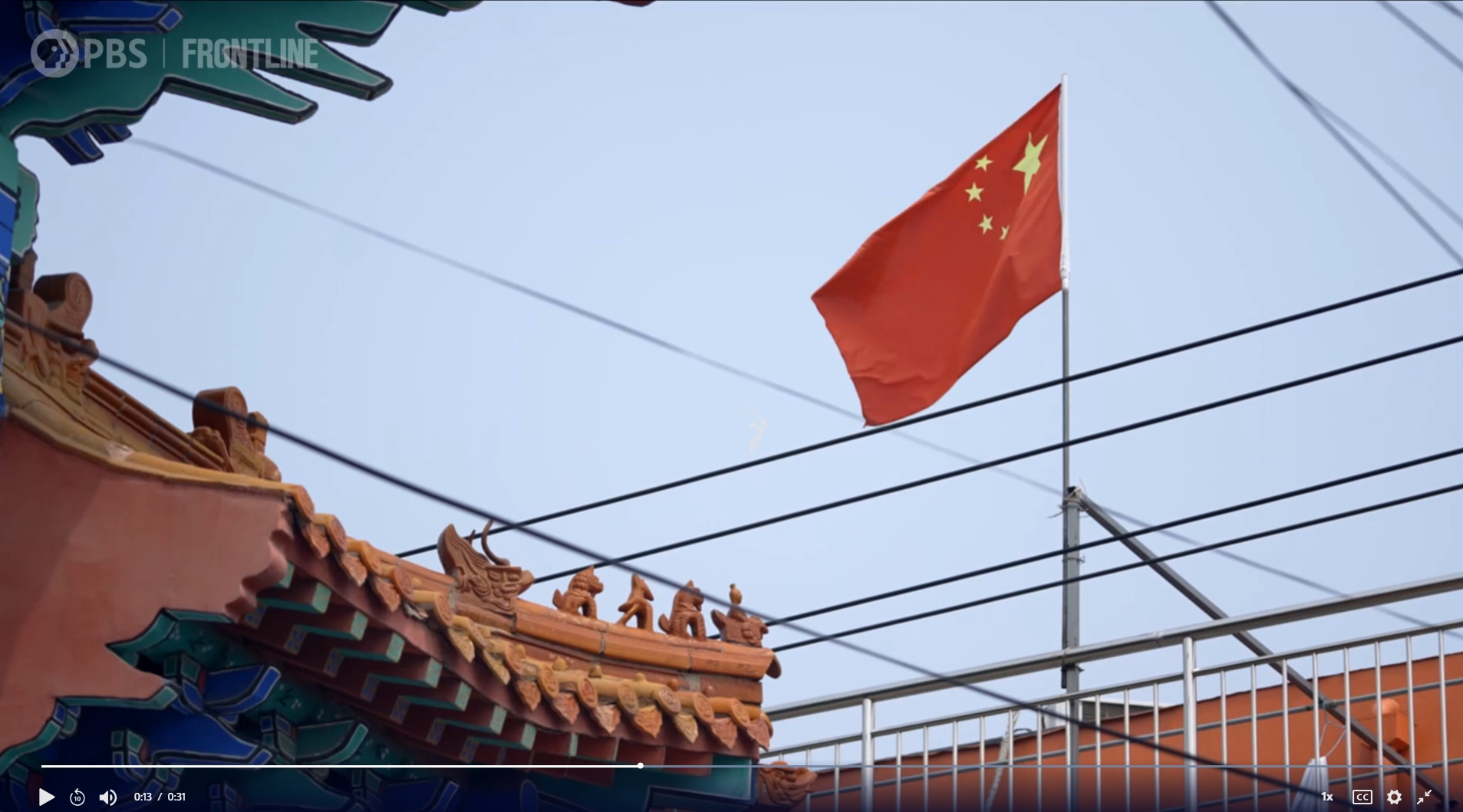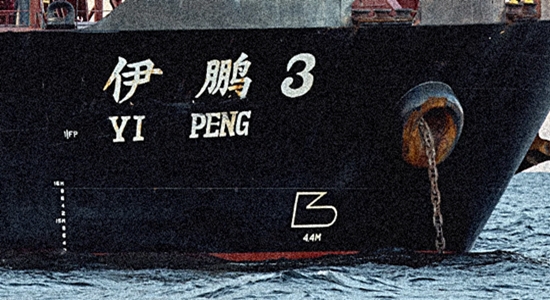
Tension is being inflamed in the South China Sea, something called Organization for World Peace has noticed. You guys better cut it out, OWP says. Otherwise a suitable international organization, e.g., the UN, will “need to take a more proactive approach in the matter.”
According to OWP—which promotes “peaceful solutions to complex issues across the globe” and believes that “Peace is Possible” and that “war is bad for humanity”—it takes two to tango and two to quarrel. When two people or two nations are fighting, it is obvious that the fight would not be happening but for the involvement of both.
A versus B
It’s very simple. In a conflict between A and B, there is A and there is B. If A and B were to desist, the conflict would be gone. (A conflict-free segment of the South China Sea is shown above.) The conflict would also be gone if only one of the parties desists. The main aggressor in the region, China, has already shown itself to be discontented with the peaceful status quo. Otherwise it wouldn’t always be trying to grab more Lebensraum. So, especially in China’s view, but as implicitly promoted by peacemakers like OWP, if peace is to be secured it’s the victim who needs to desist—i.e., to surrender.
It is true enough that if China begins establishing itself in some other country’s neighborhood and tells the people from the other country “Go away, this is ours now,” and the people from the other country just go away, the prospect of immediate conflict between the two countries recedes as well.
Whether this is what OWP wants—for every victimized country to surrender to bad guys rather than to “stir up trouble” by resisting—is not exactly clear. But OWP’s Leonardo Esposito says:
The increasing military assertiveness of China and the Philippines in the South China Sea is escalating the tension in this strategic resource-rich waterway. Over the past 20 years, China has been occupying reefs and atolls to the detriment of competing claimants, including the Philippines. Incidents between the two powers—notably, a Chinese coast guard ship blocking and firing water cannons at a Filipino supply vessel on August 5—raise concerns about the hostility between the two countries, and should thus prompt a proactive response. The international community ought to mediate and overcome the possibility of further escalation.
More recently than the water cannon incident, on September 26 Filipino divers cut a floating barrier Beijing installed on the shoal….
Even though it is true that the shoal, following the 2016 Hague arbitration on the Philippines’ claims, can be considered as an integral part of the Philippine national territory, an event such as the barrier cutting is neither a rational nor peace-oriented way to handle this sovereignty conflict….
To conclude, acrimonious clashes, like the barrier cutting and the water cannon incident which came before it, are not and cannot be the way forward. Clashes between Beijing and Manila would only exacerbate tensions, making arriving at a solution to the dispute more and more difficult and unpredictable. Instead, there is need first for a call of deterrence, then for cooperation among the two parties—along with the mediation of the international community, which so far has not taken a clear enough position in this context. Without mediation, indeed, peaceful relations in the South China Sea will be far more difficult to achieve. This is why international organizations, notably the U.N., need to take a more pro-active approach in the matter.
The Philippines has already discovered that patient, “peace-oriented” negotiation does not stop China from encroaching. (“The Philippine government has not found a remedy for China’s aggressiveness,” writes James Roth. “The carrots in terms of hotlines, diplomatic meetings, ‘frank and productive discussions’ have done little.”)
Will organizations like OWP ever similarly discover that “proactive” mediation intended to prevent the tension-exacerbating clashes can only encourage the ambitions of their inaugurator?






